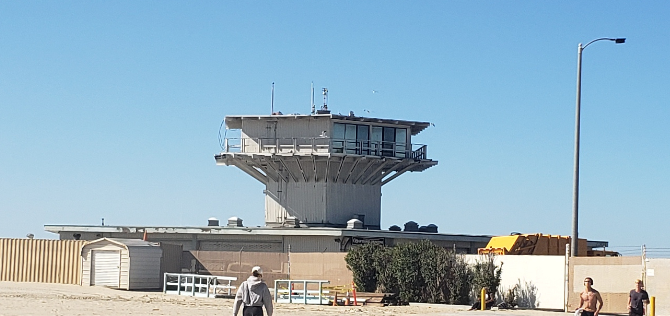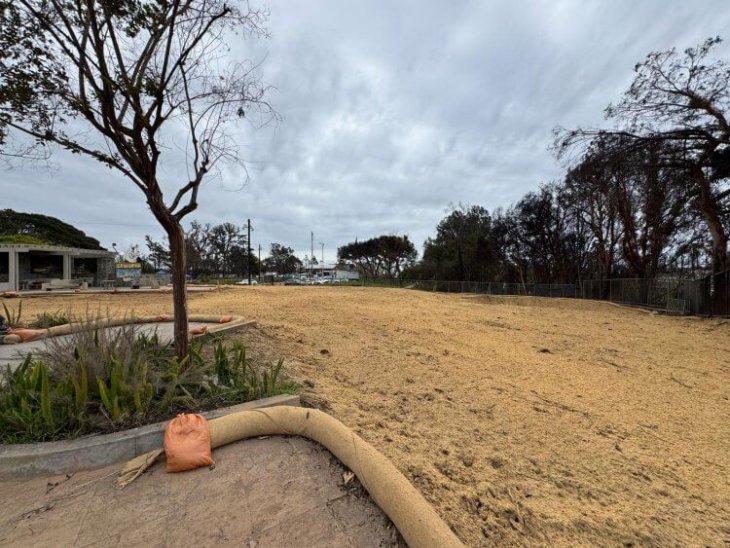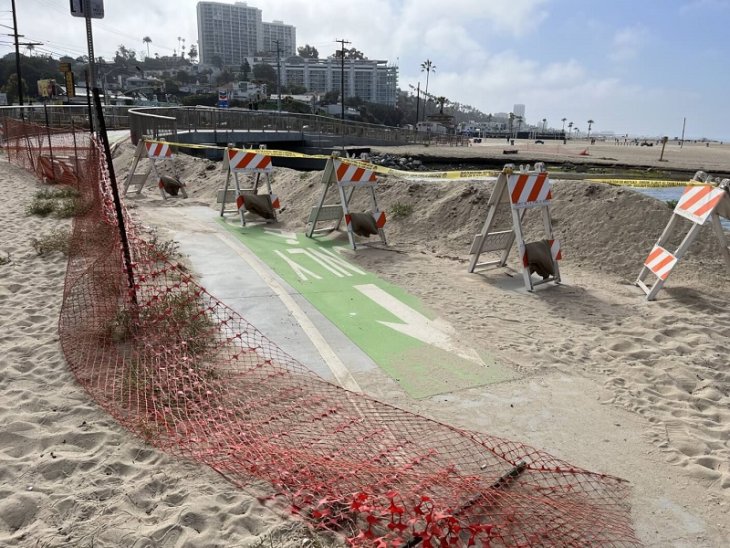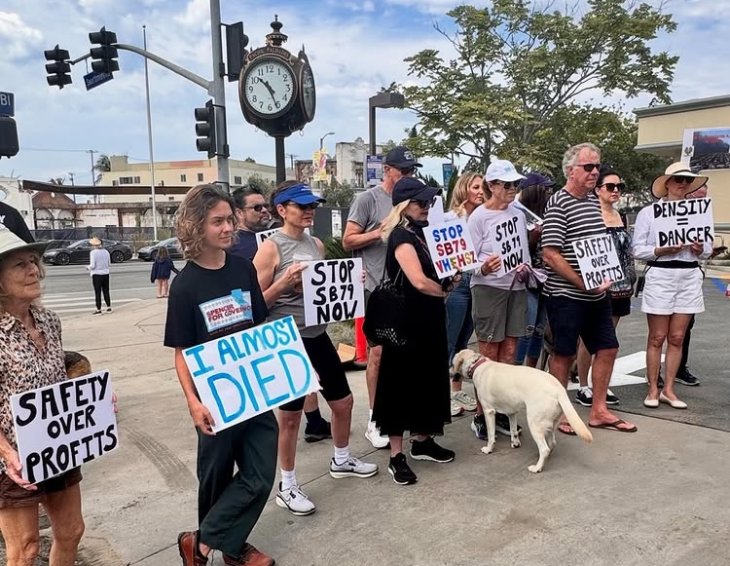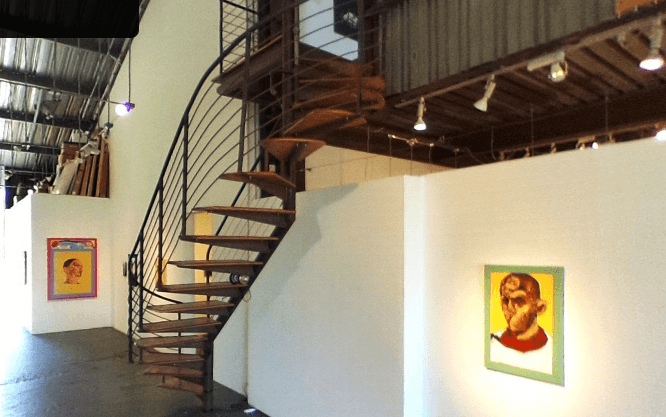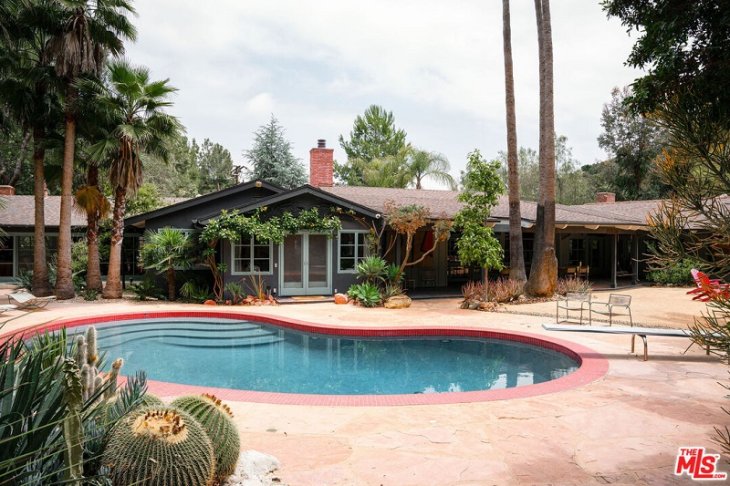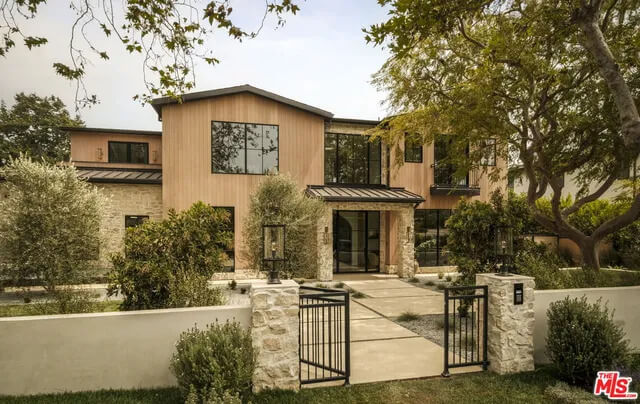The Station Qualified for the Classification by Adding to l.a.’s Cultural History and Embodying Distinct Traits of a Certain Construction Style
After years of much needed repairs and confronting the possibility of demolition, the Venice Lifeguard Station is now officially a historic cultural monument.
City Council approved the designation at its most recent meeting on Friday, April 26. According to a staff report, the station qualified for the classification by adding to L.A.’s cultural history and embodying distinct traits of a certain construction style: it is a unique example of a “Mid-Century Modern” lifeguard station and played a large role in developing L.A. County’s lifeguard services.
Constructed in 1968 along Ocean Front Walk, the three-story hexagonal building initially operated as the Los Angeles City Lifeguard Services’ headquarters until 1975 when the City and County consolidated services. For the next four decades, all County-wide lifeguard administrative services operated out of the station as it served as the L.A. County Lifeguard Headquarters.
“While headquartered at the subject property, lifeguards saved thousands of lives and profoundly shaped the leisure, recreation, and beach culture that defines Venice and Southern California.” as stated in the staff report.
Since the lifeguard headquarters moved to Manhattan Beach in 2016, the tower portion of the station has been mostly unused while the rest of the structure remains in constant operation. A few years ago, efforts from county officials arose to demolish the tower portion on the basis that reparations would be too costly. But after the Venice Neighborhood Council brought the matter to the attention of the L.A. City Department of Rec and Parks, the agency put the demolition proposal on hold, according to Chair of the VNC’s Preserving Public Places Committee Robin Murez. A change.org petition to preserve the historic structure, created by Murez, also garnered over 1,500 signatures.
An application for its historic designation was then subsequently put forward by the VNC along with L.A. Conservancy and approved by several agencies before making its way to L.A. City Council last week.
What this new designation means is protection from destruction or significant alteration, in addition to maintenance coming from County officials, according to Murez, who believes an overhaul of revitalization is in order. This includes fixing its plumbing, electrical and heating systems; replacing or repairing its wood beams and roofing; tenting the building for termites; and a new paint job. Additionally, because the designation allows historic elements of the design to be grandfathered in for building codes, the cost of repairs is reduced.
“This adds a measure of support for preserving the building and, with all we’ve done, we’ve brought to light the fact that the county (the tenant) has not performed their obligations under their lease which is to maintain the building,” said Murez. “What this process has done is shed light on the fact that this valuable city asset, this irreplaceable fabulous building, has been neglected and that it needs to be repaired and maintained.”

